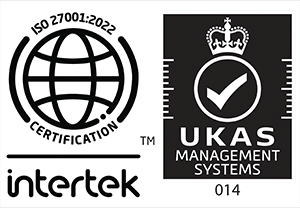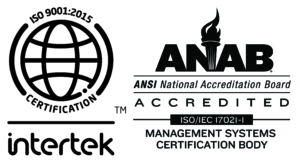Method 21 requires that the analyzer used for compliance generated LDAR monitoring be certified as intrinsically safe. Do the VOC analyzers in use in your facility satisfy this requirement?
Are you sure?
There is a reason that OSHA and the entire thrust of the last 50 years of industrial safety recognizes that intrinsic safety is important AND that a CERTIFICATION process is essential to that process. Consider the two, separate components: intrinsic safety and certification.
“Intrinsic safety,” in laymen’s terms, means that the instrument that would normally present a special risk of explosion has been designed, built and maintained in such a way that that hazard has been minimized, by engineering and quality controls to the greatest extent possible. (In other words, the VOC analyzer with a pressurized hydrogen supply, powerful battery and an internal flame, has been designed, built and maintained so as to minimize the risk of catastrophic failure.)
The second component is just as important: certification- which answers the question that is just as important as the first: it is intrinsically safe- according to whom?
In many ways, the second question is just as important as the first. We can easily imagine a thousand scenarios in which the manufacturer or user of a presumably hazardous device would tell an employee or a customer “Of course it’s safe! Trust me- we use this gizmo all the time!”
The possibility for fraud or just plain ignorance, fueled by either naiveté or greed, is so profound that OSHA actually specifies the very small group of organizations that are approved to make this certification. As of today, there are only 15 organizations that have been approved by OSHA to certify instruments as intrinsically safe. Among these are household names like Underwriters Laboratory, Factory Mutual and Met Labs. A list of these can be found here.
In each of these cases, this certification is made, based on extensive engineering, electrical, assembly, quality control, procurement and maintenance protocols. The process can take years and frequently costs upwards of a hundred thousand dollars. It is not rocket science, but it is pretty darn close.
And at the unrecognized heart of that certification is the question and practice of maintenance: What sort of parts have been used? Who has installed them? How were they installed? Were any of the internal safety features compromised by an improper repair?
The growing industry practice of unauthorized (can we call them “bootleg?”) repairs has brought the question clearly to the forefront:
Are you sure that the VOC analyzer that your technician is carrying today is intrinsically safe?
In other news:
We recenltly made a new agreement with Guardian Compliance and are pretty excited about it. You can read the details elsewhere in this blog. To celebrate, we did what we normally do every chance we get…eat. a lot. As you can see, we are really enjoying our new shop (kitchen).






Leave a Reply
Want to join the discussion?Feel free to contribute!